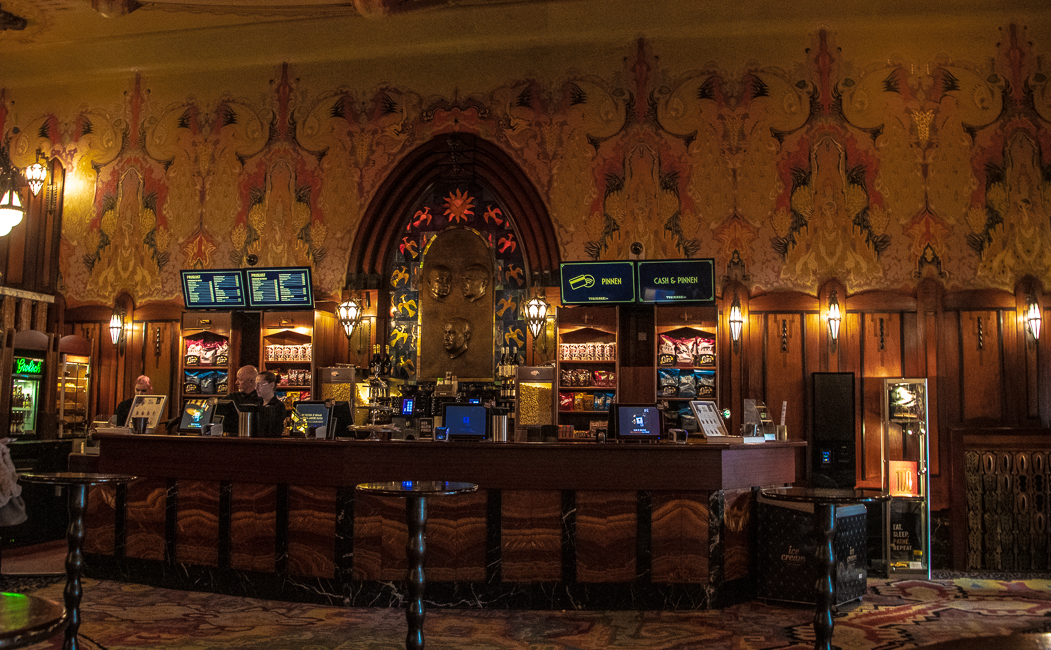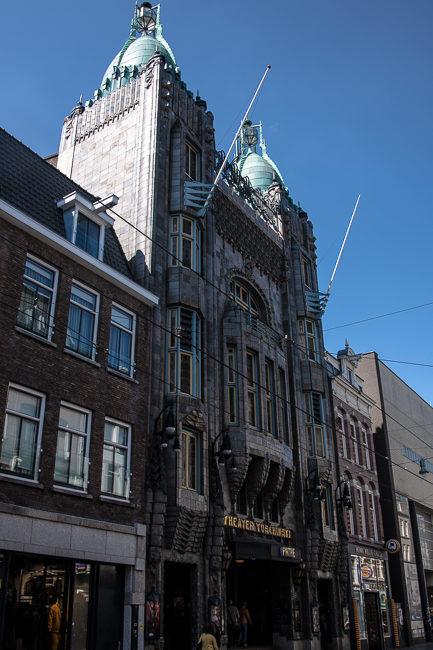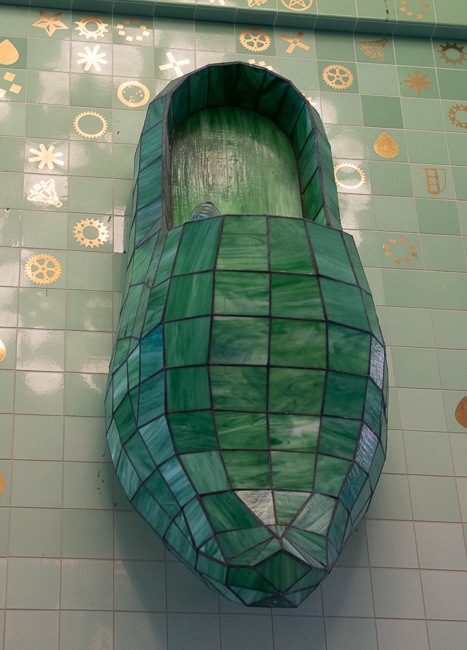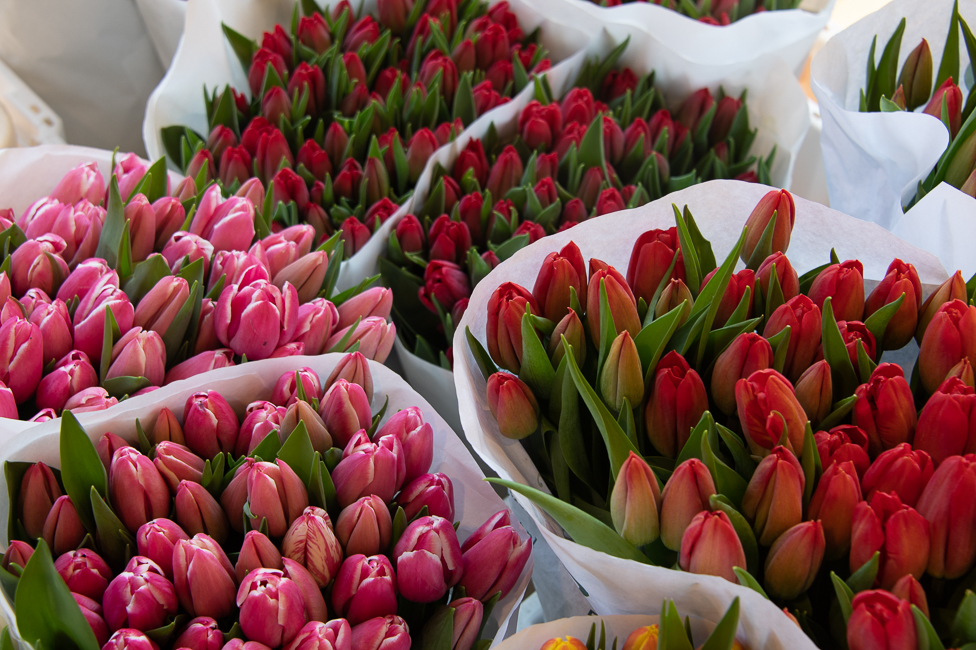May 2022
 During the 17th century and Amsterdam’s economic boom, the city created a concentric canal belt. Four ditches were dug around the Dam, connecting up the river Ij and Amstel. All to encourage water traffic and the rapid transport of goods throughout the city.
During the 17th century and Amsterdam’s economic boom, the city created a concentric canal belt. Four ditches were dug around the Dam, connecting up the river Ij and Amstel. All to encourage water traffic and the rapid transport of goods throughout the city.
The buildings were always a combination of residence and business, and do to the high tax on the width of the building they grew upward rather than out.
Wouter Van Elburg, architectural historian: “Taking their form in the 17th century, they reflect the Dutch mercantile spirit of the time that said, ‘if we can sell it, we’ll use it’.”
 Since the wealth was concentrated in the merchant class rather than royalty, builders aimed to display the wealth of their clients, but also had to create buildings that functioned as viable quasi-commercial units.
Since the wealth was concentrated in the merchant class rather than royalty, builders aimed to display the wealth of their clients, but also had to create buildings that functioned as viable quasi-commercial units.
The Calvinist mores of the time tended to mean displays of wealth were concealed inside the building.
One thing most everyone knows is that Amsterdam has a Red Light District. The area is as old as Amsterdam itself, being created on the Banks of the Amstel River in the 13th century. The area is actually called De Wallen for the walls built along the river. began along the banks of the river Amstel around the 13th century. It is located in an area known as De Wallen, so-called due to the walls built along the river.
Prostitution was not always legal here, During the Dutch Revolt the Protestants, who won what was called the Eighty Years War outlawed prostitution. Of course the world’s oldest form of employment never disappears, during that time it simply went underground.
2017 brought about change. Project 1012 named due to the postal code of the area was meant to help clean up the neighborhood, bring in new businesses, restaurants and boutiques. During that time the brothels still existed but were dying out.
*
Prostitutes began organizing and creating projects such as My Red Light, aimed at empowering prostitutes to run their own window brothels while keeping organized crime out.

Statues have been popping up around Amsterdam and no one is quite sure who the artist is, this is attributed to that anonymous artist.
Today the Red Light District is known worldwide as one of the safest places to conduct legal prostitution, with regular police patrols, mandatory registration and health check-ups.
Another thing Amsterdam is well known for are its coffeeshops.
 In 1970 the government made a distinction between hard and soft drugs. In 1972, the Mellow Yellow opened calling itself a tea house. It was the only place where you could buy and smoke weed in a tolerated way, as marijuana was still illegal in the country. Today the places are called coffeeshops, to be distinguished from cafes. Opened in 1974, the Bulldog became the first official coffeeshop, named for the owners English Bulldog.
In 1970 the government made a distinction between hard and soft drugs. In 1972, the Mellow Yellow opened calling itself a tea house. It was the only place where you could buy and smoke weed in a tolerated way, as marijuana was still illegal in the country. Today the places are called coffeeshops, to be distinguished from cafes. Opened in 1974, the Bulldog became the first official coffeeshop, named for the owners English Bulldog.
One of the more outstanding buildings when wandering Amsterdam is the Theater Tuschinski. Commissioned by Abraham Icek Tuschinski in 1921 at a cost of 4 million guilders (7 million dollars).
The interiors were designed by Hijman Louis de Jong of the Amsterdam School in the Art Nouveau and Art Deco styles.
 The theater has a fascinating history. In 1940 the theater was taken over by the German film company Tobis Film. On Queen Wilhelmina’s birthday a Dutch and British flag were flown from a window of the theatre that year. Tuschinski was deported to Auschwitz and murdered by the Nazis in 1942.
The theater has a fascinating history. In 1940 the theater was taken over by the German film company Tobis Film. On Queen Wilhelmina’s birthday a Dutch and British flag were flown from a window of the theatre that year. Tuschinski was deported to Auschwitz and murdered by the Nazis in 1942.
The theater was declared a national monument in 1967 due to its distinctive architecture. The theater was purchased by the French-based in 1998 and did a full restoration.
Random Shots Around Town
*
A fun place to attempt to dine is the Upstairs Pancake House. It is owned by 2 men and has only 4 tables. You need a reservation but if you are 5 minutes late they give it away (which is how we managed to be able to dine there, right time right place)
Grimburgwal 2 in Amsterdam. You can only make reservations by phone 020 626 56 03






 *
*






















